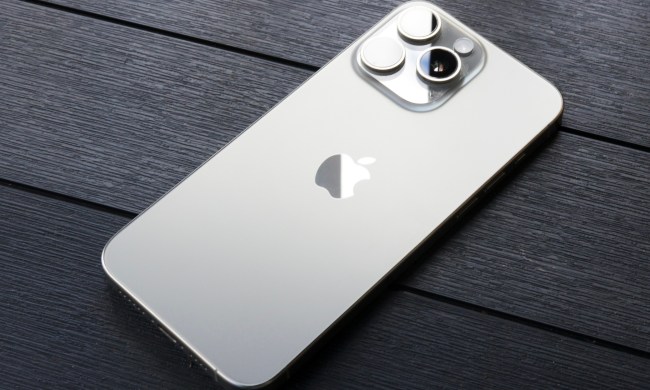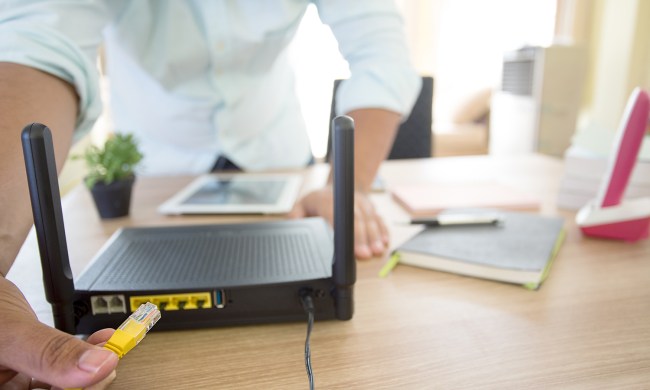Bluetooth silently connects so many of our gadgets together, it’s easy to forget it’s a pretty impressive piece of technology on its own. It helps us listen to music, talk on our phones, and play video games, all without being frustrated by miles of cables strewn around the place. We’re going to explain how the technology behind Bluetooth works (and no, it’s not magic), so you can impress everyone at the party by explaining how your phone can send dance music to the speaker without being connected physically. Just don’t pause the jams!
Looking to free your hands up? Check out our list of the best Bluetooth headsets so you can explain to people that you aren’t talking yourself.
How does it work?
To understand how a Bluetooth connection works, we need an example of the wireless technology being used, so let’s take a phone connected to wireless speaker. First, each device is equipped with Bluetooth connectivity, a feature that requires both software and hardware components. On the hardware side, an antenna-equipped chip in both devices sends and receives signals at a specific frequency. The software interprets incoming Bluetooth signals and sends them out in ways other devices can read and understand. In the case of the wireless speaker, the phone will know how to send audio files and information in a format that the speaker understands, while the speaker can interpret these signals–as well as other indicators such as volume and track controls–from the phone.
When two devices are equipped with Bluetooth, usually one of them will to be set to be discoverable, meaning it’ll show up in a list of Bluetooth devices in the area on your phone or other controlling device. Using our example, the wireless speaker would be discoverable, and it will end up being controlled by a Bluetooth-equipped phone or remote. The speaker, or any Bluetooth accessory, sends out a signal with a little bit of information to alert other nearby devices of its presence and capabilities. You tell your phone to connect, and the two devices form a personal area network, or piconet.
From this point on, the two devices know to connect with each other based on the unique address within their respective signals. No matter what other signals come in on wavelengths in which those devices operate operate, they will always detect, read, and send the correct signals. Bluetooth signals have a limited range, which prevents massive amounts of conflicting data covering huge areas and interrupting communication between other devices. In other words, your speaker will always know that you’re the one who is trying to listen to Nickelback, even if it doesn’t know how to criticize you for it.
Let’s Get Technical
According to the Bluetooth website, the technology “operates in the unlicensed industrial, scientific and medical (ISM) band at 2.4 to 2.485GHz, using a spread spectrum, frequency hopping, full-duplex signal at a nominal rate of 1600 hops/sec”. If you fell asleep part way through that, let’s break it down to find out exactly how your headset knows to pick up calls from your phone.
Bluetooth chips produce wavelengths that are bound to frequencies operating within a range specifically set aside for this sort of short-range communication. Other devices you might find that use this frequency include cordless telephones and baby monitors. However, there is an issue with always using the same frequency. Other devices operating at the same, or close, frequencies can cause interruptions in the signal.
To prevent this from being an issue, the signal is spread out over a wider range of frequencies. In order to achieve this, the signal hops around the frequency, and in the case of Bluetooth that happens about 1600 times per second. The frequent change in wavelength means that even a consistent signal won’t interrupt, and won’t be interrupted, for longer than 1/1600th of a second.
Bluetooth headsets can sync up in two different ways, using a full or part duplex connection. A full-duplex signal means that all connected devices are able to send and receive signals – in this case a two-way conversation – simultaneously, as opposed to a half-duplex signal, like a walkie-talkie, where each side can still talk and listen, just not both at the same time.
Low power, low speed
Bluetooth has evolved to be a perfect mobile connectivity option, because it doesn’t take much energy, and the signal isn’t broadcast for miles. Minimum standards require that Bluetooth chips have at least 10 meters (about 30 feet) of range unless they’re being used in closed circumstances. Even industrial uses of Bluetooth typically don’t have a range greater than 300 feet. The data transfer speed of Bluetooth isn’t particularly high, so while uses like streaming music or talking on the phone are fine, transferring larger amounts of data would take far too long to be practical. The low power consumption is also important when Bluetooth is used in our mobile devices, where the last thing we need is something else draining our precious battery.
In addition, Bluetooth 4.0 brought a new low power option that allows wireless objects to operate for long periods of time, even on the smallest of batteries. This enables all sorts of useful devices to be incorporated into the Internet of Things, from showerheads to ovens to countertops. These kinds of connections are part of the work being done to create greater connectivity between everyday objects, and the already heavily-used Bluetooth protocol will surely be a part of that movement. The newest version of the protocol, 4.1, also enables greater communication alongside powerful wireless connections like LTE, further increasing the versatility of Bluetooth and connected devices.
What do you use Bluetooth for most frequently? Still have questions about how it works? Let us know in the comments!


